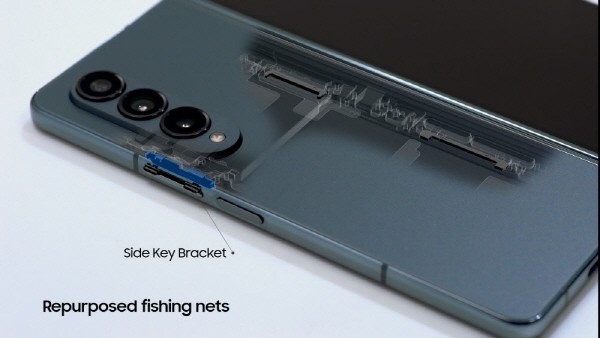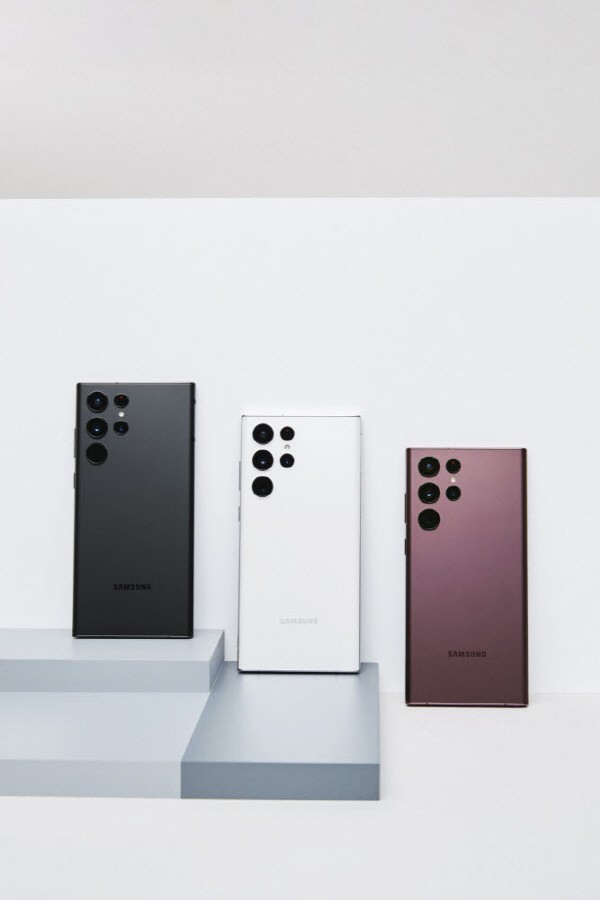On some Galaxy A 4 cameras → reduced to 3 cameras
Eliminating 'depth camera' with low demand
New year's module production decreases by 87 million units
Major partners are busy preparing countermea
Samsung Electronics' smartphone camera production is expected to decrease in the new year. This is because overall smartphone production will increase slightly, but the number of camera modules installed in mid-low range models will decrease. Because of this change, a red light has come on camera module industry trying to improve their performance.
According to the industry on the 26th, Samsung Electronics decided to reduce the number of rear cameras in some models of the mid-low range Galaxy A series. The number of rear cameras on some models of the Galaxy A series, which previously had four rear cameras, will be reduced to three. It has not been confirmed which model of the Galaxy A series will reduce the number of cameras.
The camera that will be removed is a depth camera that implements the 'Bokeh' function. 'Bokeh' refers to a function that expresses the main subject clearly while blurring the background.
The reason why the bokeh function will be removed from the mid-low range series is that the demand for the function is not great. Focusing on improving the performance of the main camera, which is frequently used by consumers, they will lower specifications that are relatively low in demand. As 'consumer price' is the key for mid-low range smartphones, reducing the number of cameras also has the effect of reducing unit cost.

It is expected that the total shipment of Samsung smartphone camera modules will also decrease in the new year. Galaxy A series accounts for the largest portion of Samsung's total smartphone shipments. If Samsung's total smartphone production is estimated at 300 million units, mid-low range phones account for more than 200 million units. The industry predicts that this measure will reduce Samsung Electronics' camera module production by 87 million units in the new year.
The average number of camera modules installed per Samsung mobile device, including smartphones, tablet PC, and joint ventures (JDM), is expected to decrease from 4.3 this year to 3.8 next year. As the amount of JDM increases to more than 60 million units, the proportion of camera modules installed in China is increasing.
It seems that sparks will fly in the performance of the camera module industry. As the number of cameras installed in a single smartphone continued to increase, the performance of the domestic camera module industry has grown.
However, as Samsung implements a new strategy to reduce the number of camera modules and increase efficiency, the industry is in a situation where it is necessary to prepare countermeasures to defend performance by focusing on high value-added products and new businesses. The industry is promoting business diversification into Optical Image Stabilization (OIS) parts, automotive cameras, and sensors.

Major Samsung camera module suppliers such as PARTRON, MCNEX, and POWER LOGICS are expected to maintain their performance this year or a slight negative growth this year. This is because smartphone growth has stagnated as the consumer market has frozen due to the global economic recession.
An industry official said, “Difficulties are expected in the new year as the smartphone camera module business, which accounts for an absolute portion of the sales of major suppliers, is stagnant. There is a need to reorganize the business centered on new high-value businesses”
By Staff Reporter So-ra Park (srpark@etnews.com)